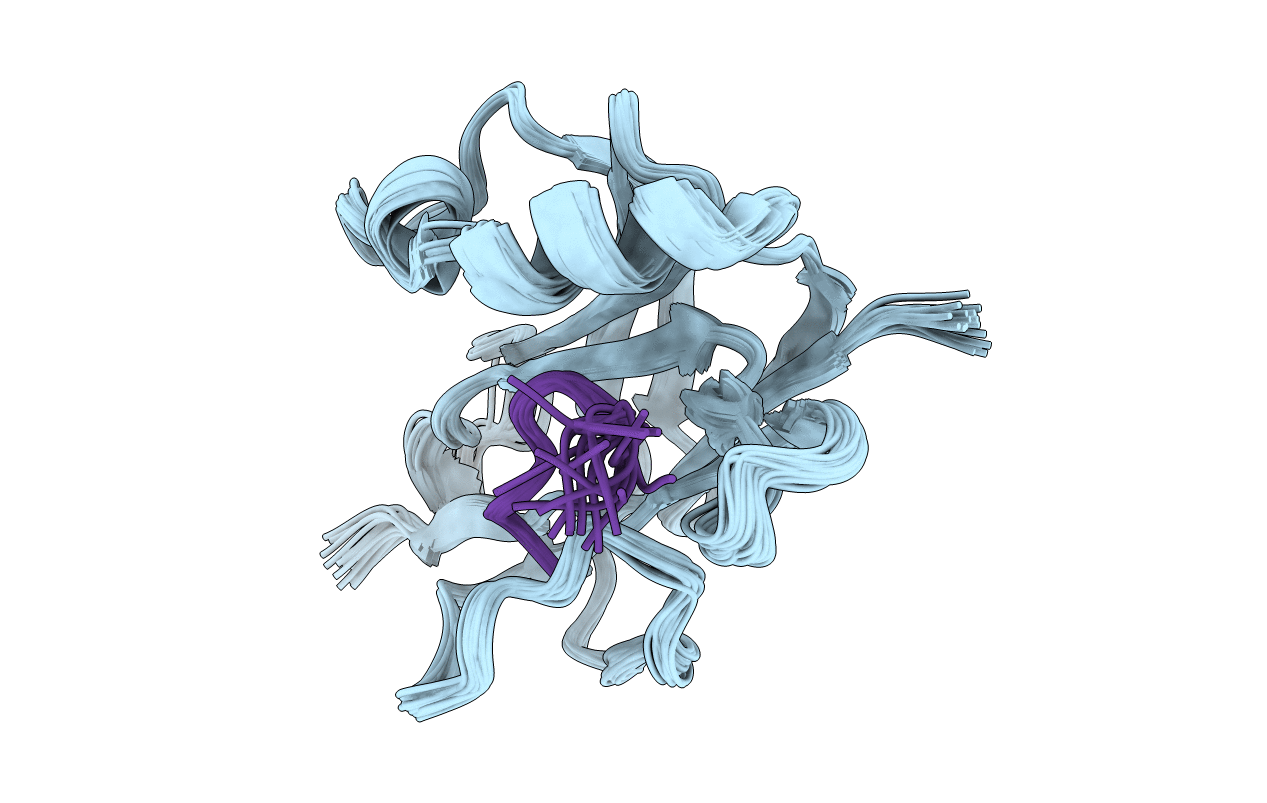
Deposition Date
2020-09-22
Release Date
2021-03-10
Last Version Date
2024-10-23
Entry Detail
PDB ID:
7K7F
Keywords:
Title:
Solution Structure of the Corynebacterium diphtheriae SpaA Pilin-Signal Peptide Complex
Biological Source:
Source Organism:
Host Organism:
Method Details:
Experimental Method:
Conformers Calculated:
200
Conformers Submitted:
20
Selection Criteria:
structures with the lowest energy


